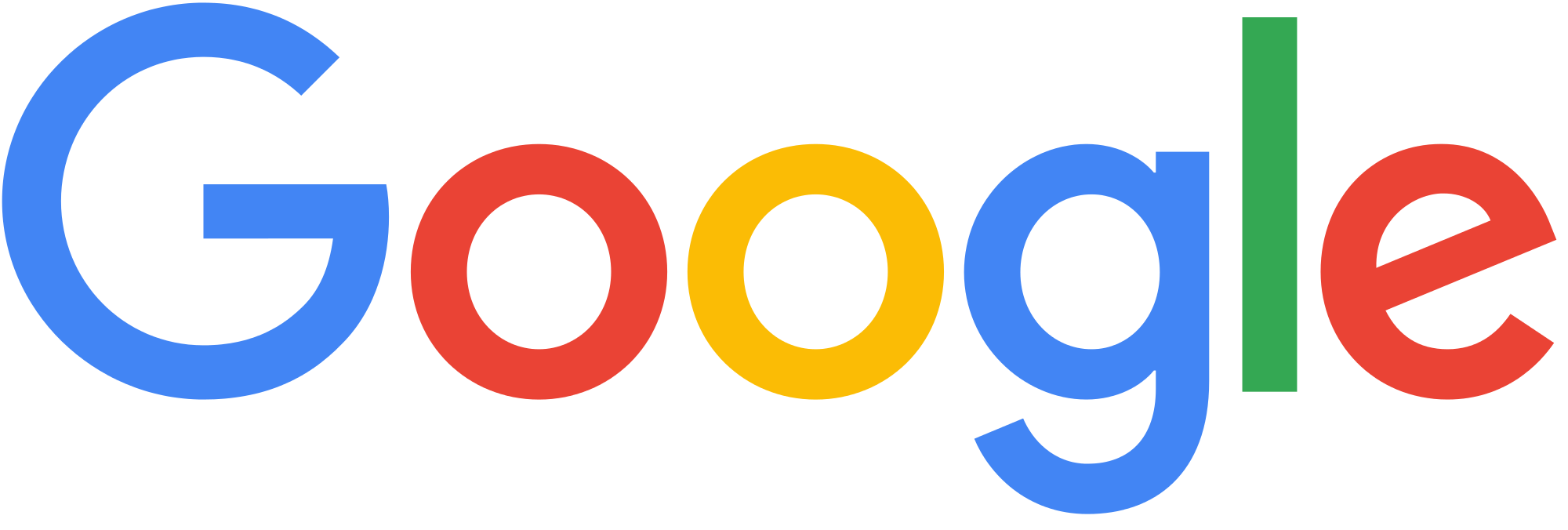Not all landing pages are created equal. If you don't know which attributes describe a good landing page experience you may be leaving conversions on the table.
What is a landing page experience?
A landing page experience is the look, feel, and emotion that your web page gives off to website visitors.
The experience you create on a landing page depends on your objectives and goals with the page.
For example, if you're promoting a landing page via social media, you'll want to make sure your landing page has mobile responsive design and is easily digestible. This is because visitors from social media usually did not open a social media app with the intention to view your landing page.
On the other hand, platforms like SEO and Google Ads, that have a high amount of user traffic, drive website visitors that have the intention of landing on your page. So website visitors will need as much information as possible to make an informed purchasing decision.
Your audience, and the platform they come from, be in SEO, social media, or adwords, is what you want to first focus on when designing a landing page experience.
Which attributes describe a good landing page experience?
Easy to navigate, relevant and original content, and transparency about your business attribute to a good landing page experience.
A good landing page experience will make a potential customer know exactly what your product or service is about so they can make an informed decision.
How can you improve landing page experiences?
You can optimize your landing page by asking one simple question: how do I get a website visitor to click my CTA (call-to-action)?
Yep, it's that simple.
But it's also not the easiest thing to do.
Marketers launch landing pages so the person on the other side (your potential customer, subscriber, etc.) can complete a desired action (i.e. click a button).
There are many different approaches to designing and building a landing page. I mean, look at all the content we've collected from the internet about landing pages on Marketer Milk.
A popular framework many marketers use is the AIDA copywriting format — attention, interest, desire, action.

So, if you've launched a landing page without thinking about AIDA, and the page is not converting well, you should go back and see if you can optimize the copy on the page.
Kevin Hale, a well-renowned Silicon Valley investor, says that if people aren't converting on your landing page it means there is a knowledge gap.
There's something on the page that you are either under or over explaining. Remember, if a feature, or section, on your landing page doesn't make the person click the CTA, remove it.
If you're serious about optimizing your landing page experience for more conversions you should seriously check out the presentation Kevin Hale gave below.
It's also a good idea to check out different landing page examples from popular brands to see how they approach their pages.
And on top of that, make sure you use a landing page builder that allows you to easily edit the experience and design of your landing page.
Things that can damage your landing page experience
There are a handful of things that can damage your landing page experience. In digital marketing, many marketers like to look past the fundamentals and can sometimes destroy user experience through "tactics."
Some overused tactics can include:
- Too many pop-ups
- Too many ad extensions on the page
- Making the page too long (or too short)
Besides just tactics, not speaking the right words to your audience is the most damaging of all.
You have to really think about the type of traffic you are driving to a page. Are website visitors coming from email marketing, search engine algorithms, mobile apps, PPC ads, search advertising, inbound or outbound marketing?
If you don't know how people land on your website you should use a marketing analytics tool like Google Analytics or Mixpanel to analyze metrics and get a better idea.
You must have a high-quality value proposition that aligns with your audience. Your web page needs to be what they are looking for. Depending on how someone lands on your website, each visitor may be in a different state of mind.
Sometimes your audience will need more information, and you'll need to focus on content marketing to explain your product or services with multiple pieces of content. Sometimes, you may be over-explaining things and make it confusing for a potential customer to make a decision. Be weary of putting website visitors in a state of paralysis.
Regardless, make sure you know where they come from and what they (actually) want.
As a recap, you can improve a landing page experience by making it:
- Easy to navigate
- Have relevant and original content
- Be transparent about your business
Get the weekly newsletter keeping +30,000 marketers in the loop.















